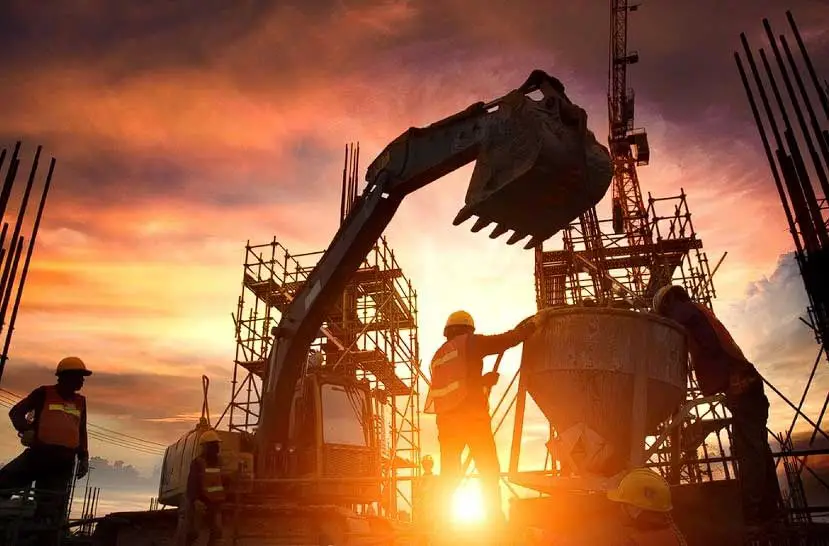Unlocking Safety Insights Dynamic Committee Guidelines for Impact
Unlocking safety insights are a critical endeavor that demands a dynamic and proactive approach. In the realm of workplace safety, traditional committee guidelines often fall short of fostering the necessary impact. To address this gap, organizations are increasingly recognizing the need for committees to evolve into dynamic entities that adapt to the ever-changing landscape of safety concerns. The first key aspect of dynamic committee guidelines is a continuous assessment of the workplace environment. Safety is not a static concept; it evolves with technological advancements, changes in organizational structure, and shifts in industry standards. As such, safety committees must be equipped to regularly evaluate potential hazards and assess the effectiveness of existing safety measures. This proactive stance ensures that safety protocols remain relevant and robust, effectively safeguarding employees and assets.

Moreover, dynamic committee guidelines emphasize inclusivity and diversity in safety decision-making. Safety concerns cut across all levels and departments within an organization, and a diverse committee composition ensures a comprehensive understanding of potential risks. Inclusive committees leverage a variety of perspectives, experiences, and expertise to identify and address safety issues from multiple angles. This inclusivity not only enhances the quality of safety decisions but also fosters a sense of shared responsibility among employees. When individuals from various backgrounds collaborate on safety initiatives, there is a collective ownership that transcends traditional hierarchical structures, creating a culture of safety that permeates every corner of the organization.
Additionally, dynamic safety committees prioritize ongoing education and training. Safety is a knowledge-intensive domain, and committee members must stay informed about the latest safety protocols, technologies, and industry best practices. Regular training sessions not only enhance the committee’s ability to make informed decisions but also empower employees at large to actively contribute to the organization’s safety culture. This commitment to continuous learning ensures that safety committees are well-equipped to navigate emerging challenges and integrate cutting-edge solutions into their guidelines.
Furthermore, the implementation of technology plays a pivotal role in dynamic safety committee guidelines. Leveraging data analytics, artificial intelligence, and other technological tools enables safety committees to identify patterns, predict potential hazards, and respond swiftly to emerging risks. Real-time monitoring systems, for instance, provide invaluable insights into the day-to-day safety conditions, enabling proactive interventions before issues escalate. Embracing technology not only enhances the efficiency of safety committees but also reinforces the organization’s commitment to innovation and adaptability. Workplace Health Promotion Unlocking safety insights through dynamic committee guidelines are a multifaceted and ongoing process. Organizations that invest in the evolution of safety committees, emphasizing continuous assessment, inclusivity, education, and technology integration, are better positioned to create a workplace where safety is not merely a compliance measure but a shared value ingrained in the organizational culture.




